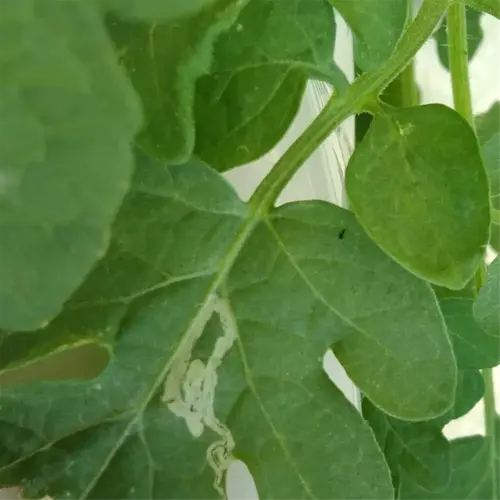How do I know if it's safe to plant beans now?

Written by
Julia Anderson
Reviewed by
Prof. Charles Hartman, Ph.D.When determining when to plant beans while being safe, you only need to check two things, soil temperature and frost dates. I had a crop once that I planted too early, and the seedlings turned yellow because the soil was too cold. Use a thermometer and check the soil temperature at about 4 inches down to ensure it is 60 degrees. You can also check when the last frost occurs in your area by contacting the local extension office.
Frost Date Verification
- Contact local agricultural extension for exact dates
- Zone 5: Average last frost May 10-15
- Zone 8: February 15-March 1 safe window
- Use historical weather apps like NOAA's Climate.gov
Soil Testing Protocol
- Measure temperature at 10 AM for consistency
- Test multiple garden spots for microclimates
- 60°F minimum for bush beans
- 65°F+ preferred for lima or soybeans
Planters who have delayed it require a strategy. Opt for bush varieties that mature in less than 55 days. For instance, I salvaged a July planting of Provider beans in zone 5, which I harvested in 48 days. If frost threatens within 70 days, do not choose pole type. Alternatively, if a cold snap surprises your seedlings you can cover them with cloches.
Too Early Indicators
- Soil sticks to tools in clumps
- Overnight temps below 45°F forecast
- Dormant earthworms (dig test)
Too Late Warnings
- Daytime highs above 90°F predicted
- First fall frost under 60 days away
- Dried seed packets from last season
Preparing soil impacts safety. Black plastic mulch is beneficial in cool soils and channels the sun, raising soil temps 5-10° F. I added some compost as a soil amendment two weeks before planting to create heat. Avoid soil that is saturated with water; beans will rot in soil that is too damp. Raised beds have better drainage than soils that hold clay.
Read the full article: When Plant Beans: Expert Timing for Every Garden

